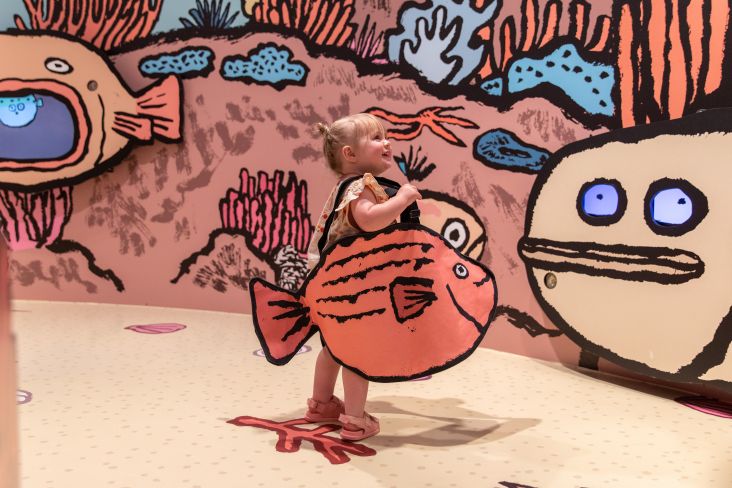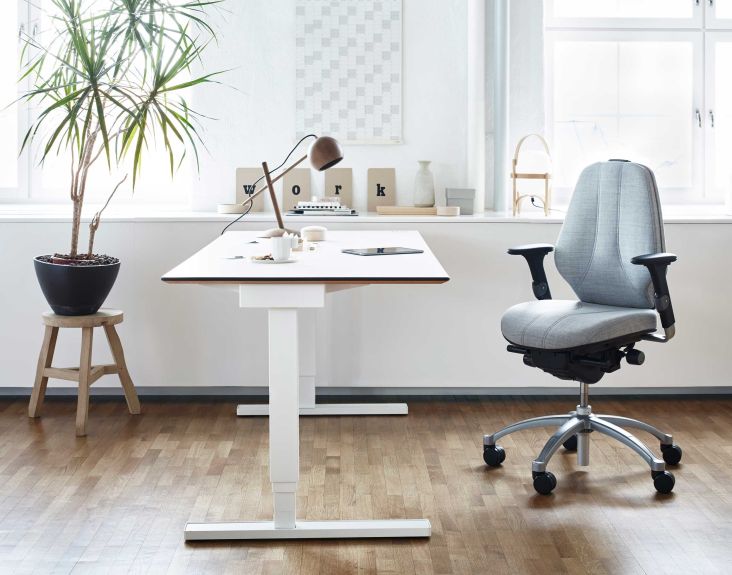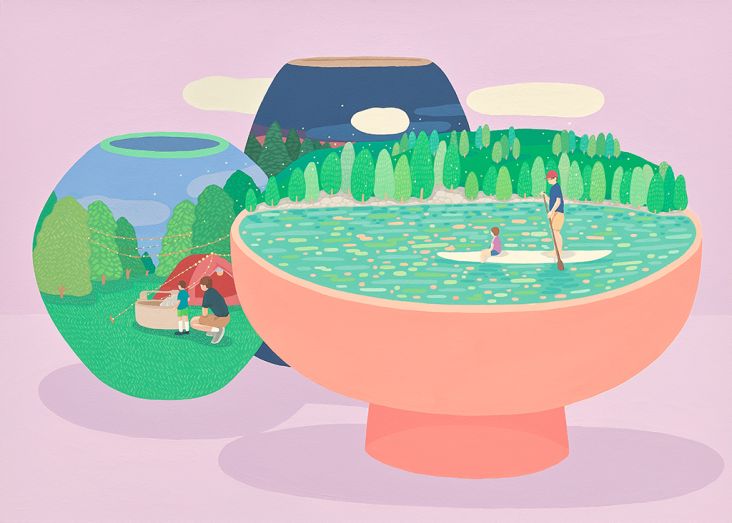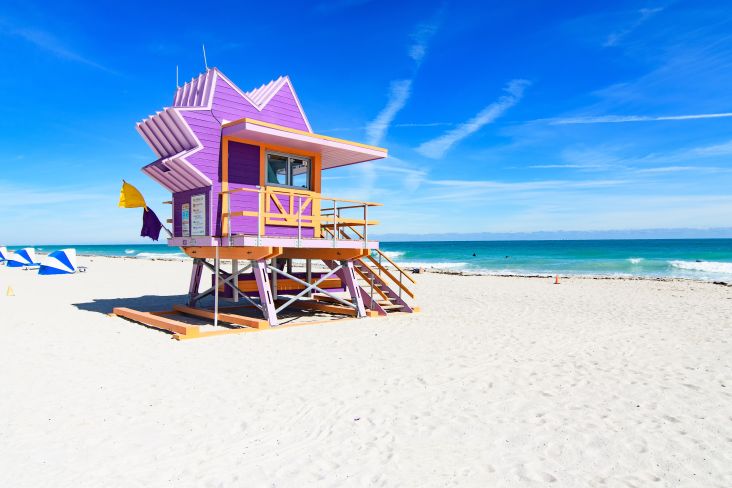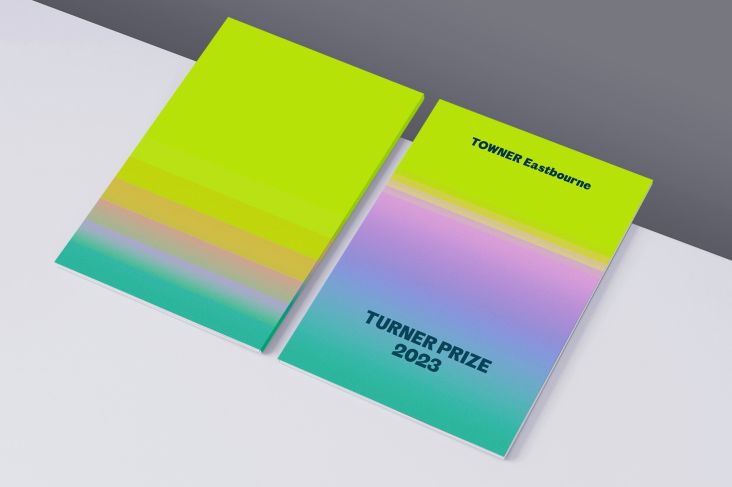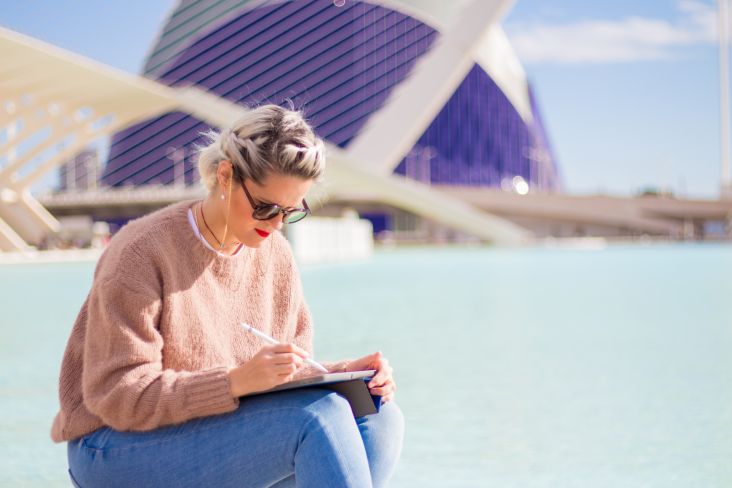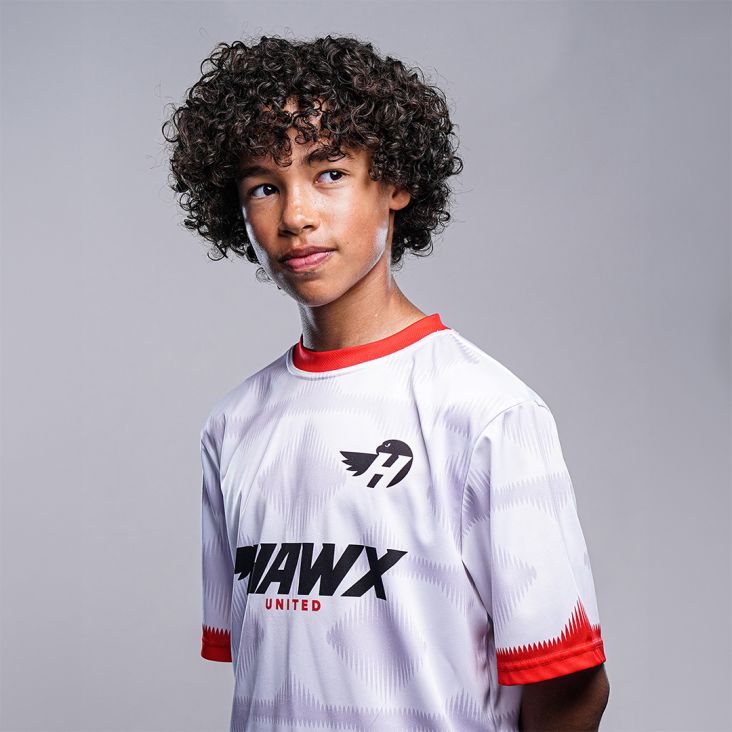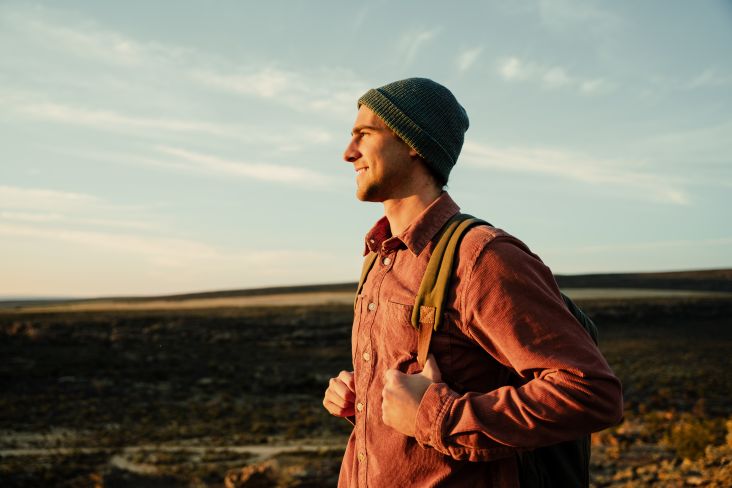Illustrator Will Rea on turning a love of art into a successful career
We all love to create beautiful things. But how do you harness that into building a successful career? Illustrator, muralist and sign writer Will Rea offers a shining example of how to do it right. Here, we pick his brains to learn how he established himself in a fiercely competitive industry.
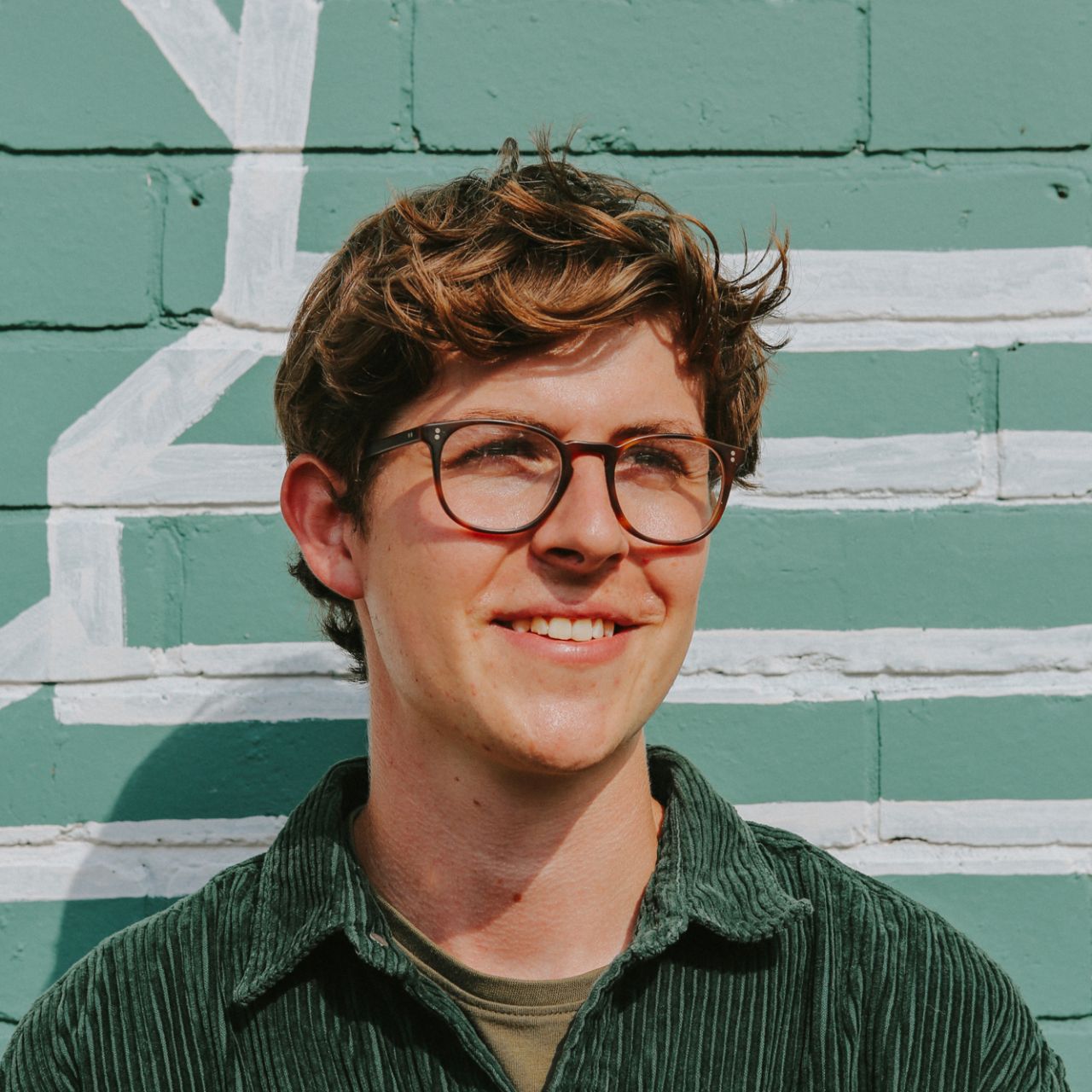
Photo credit: Joe Horner
Will Rea may have only graduated in 2019, but he's already making waves in the creative world. Also known as Willustration, the Sheffield-based illustrator, muralist and sign writer has quickly become known for his public artwork, indoor and outdoor signage, illustration and work in arts education.
His work combines technical, observational imagery with a colourful nature, reflecting his passion for design and visual communication. Some of his recent projects include painting a colossal mural in Sheffield's Orchard Square shopping centre, which won a World Illustration Award; writing and running an arts education programme called DesignLab with The V&A and Sheffield Museums; hosting the AYUP Sheffield Meet-Up; and working with London's Oxford Street on an illustrative campaign for the Queen's Platinum Jubilee.
We're big fans of Will's work, so we were intrigued to learn more about how he's established himself so quickly and what other young creatives can learn from his success.
Putting creativity first
He may be relatively fresh out of uni, but Will's career has been long in the making. "Creativity has always been something I've gravitated towards," he reveals. "From designing murals for my bedroom walls in a small village in Warwickshire to studying illustration at Sheffield Hallam University, my decisions in life have always put creativity first. My family was really encouraging too; mum's a teacher, and dad studied product design, so my early days as an artist have involved a lot of conversation and collaboration with them."
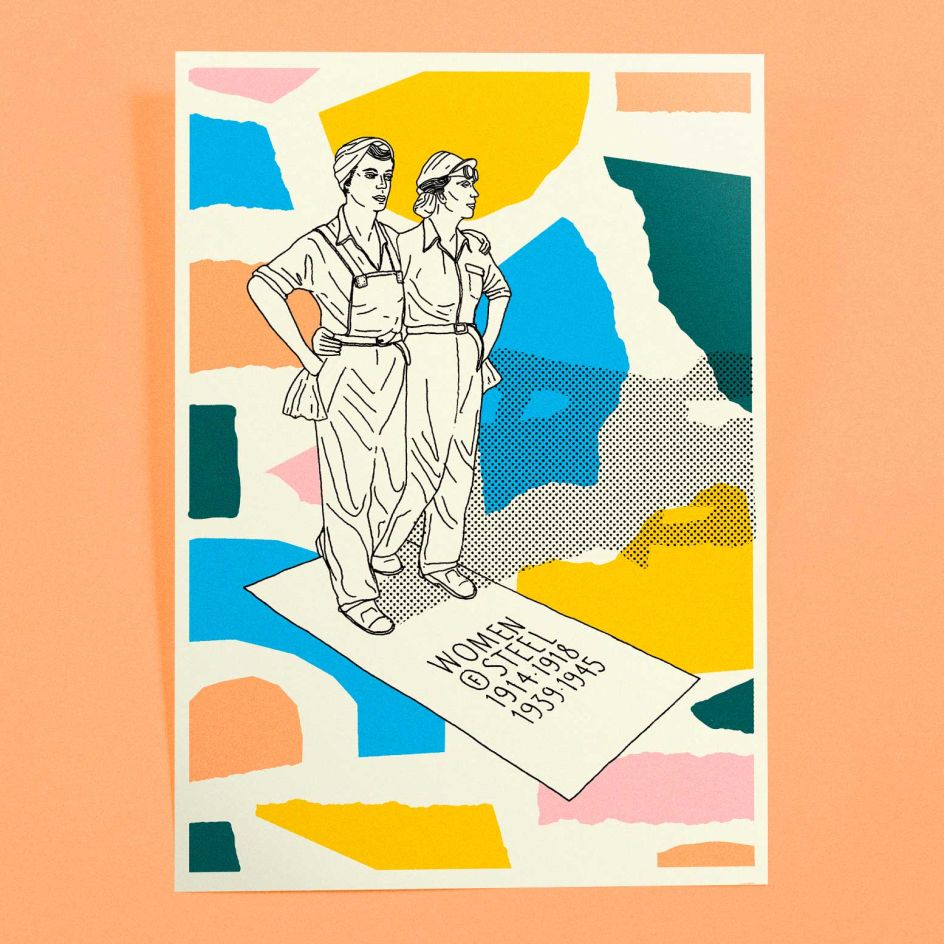
He enrolled on a product design course in Manchester in 2014. "But after a bumpy start and a realisation that my heart wasn't in it, I dropped out and went back to the drawing board," he recalls. "After a year of working, I decided that illustration looked like the path I'd be interested in: a mix of creativity and art, but with a commercial application."
Freshly energised thus, Will was determined to get the most out of his studies in Sheffield. "I think I spent just as much time working on projects outside of university as I did in it," he explains. "I was constantly looking for additional opportunities. I started painting A-boards and murals and illustrating posters for local businesses to earn myself a little extra pocket money. I wasn't really aware at the time that these connections would grow into a full-fledged freelance business that I'd be able to pay rent and live off."
Cross-pollination
And his earlier attempt to follow in his father's footsteps turned out to be fortuitous. "During my studies in Sheffield, I began exploring how technical art could influence my practice," he explains. "Taking the skills I'd picked up from my initial stab at product design, I began to think quite technically, too. Lots of lines, perspectives and shapes.
"I began by creating work that solely started with needle tip pens on paper, which I scanned in and coloured digitally," he continues. "Colour was something that took a while to get to grips with. But after a while of immersing myself in the industry and following the illustrators and artists I admired, I began to see how colours could complement each other."
In short, the muralist and signwriter side of his practice stems from process. "I've always felt calm when I'm mid-process," Will notes. "Whether that be building IKEA furniture, fixing something or painting the window frames of my family home.
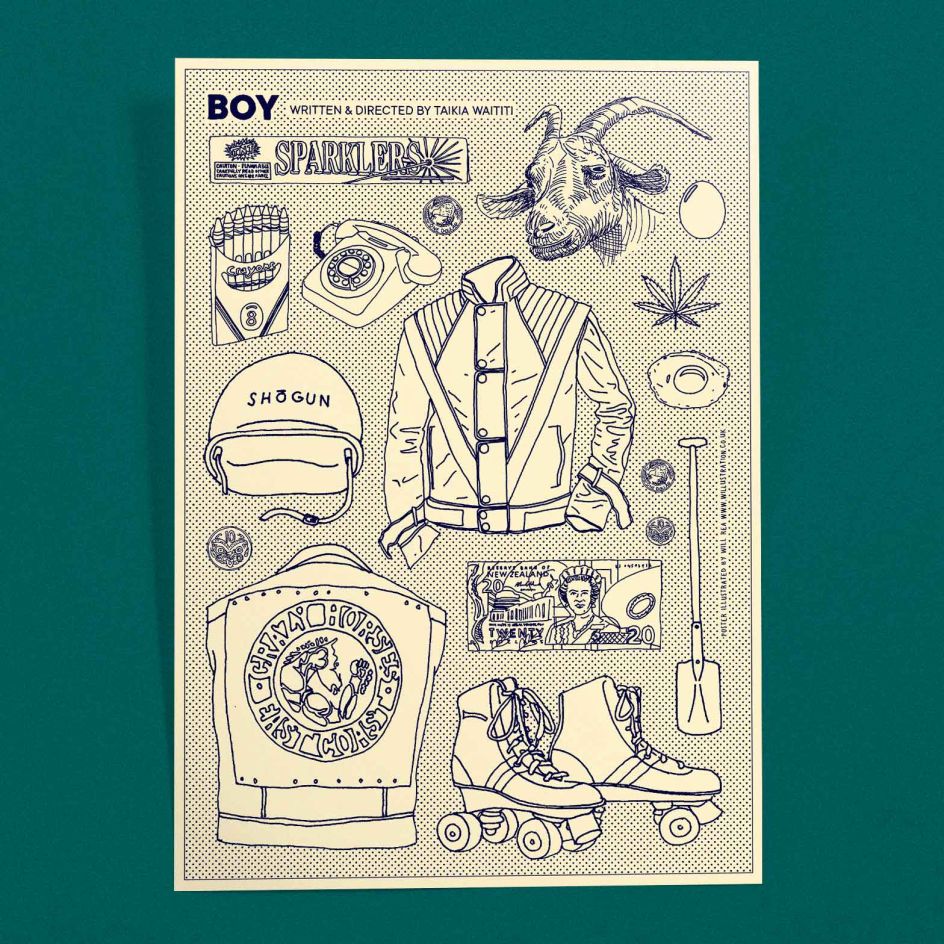
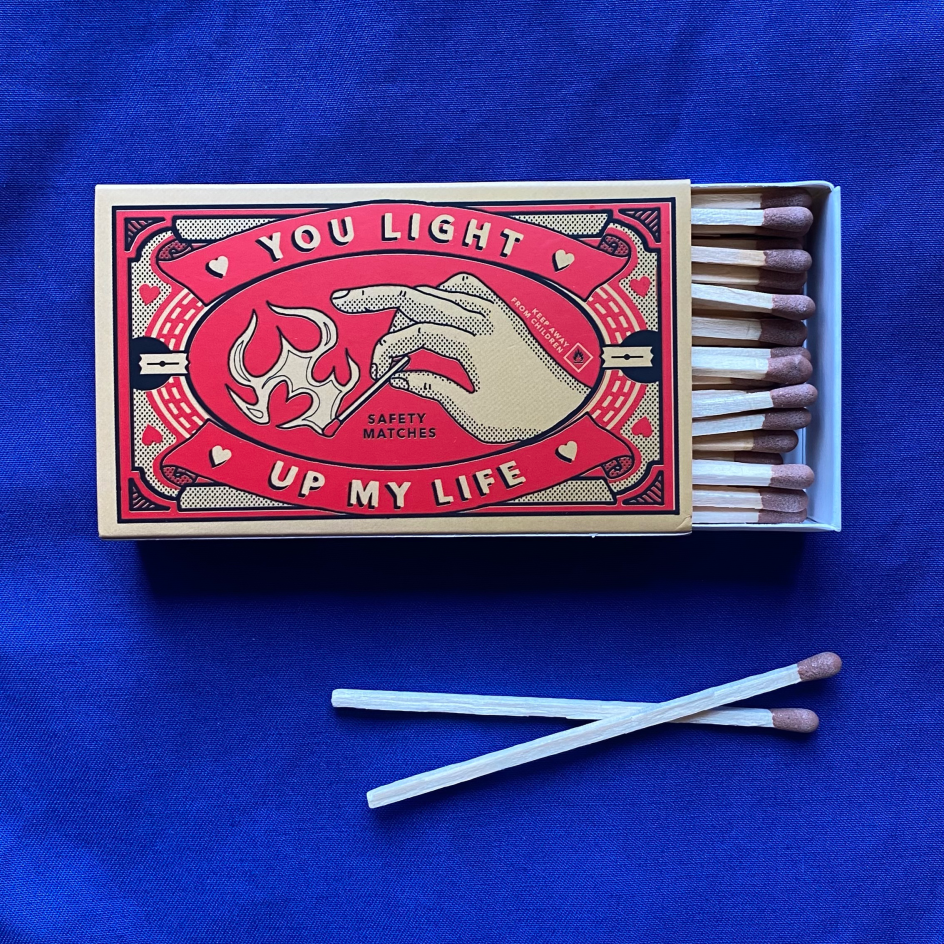
"Murals and signs offer me the perfect blend of creativity and practicality," he adds. "I can spend time illustrating and designing something, then switch into a different brain mode to scale up and paint the piece onto a surface. I also enjoy the social side of this work too. You have to be present in a location, and you can spark conversations with the most unsuspecting people."
Artistic inspirations
Will's art usually contains technical, observational imagery and sometimes typography whilst also possessing a colourful nature. He likes to take influence from traditional signage and advertising. "I love the styles seen in early ephemera and packaging," he enthuses. "Vintage matchbox art and soap companies are worth a quick Google. Additionally, technical drawing principles seem to shine through often."
He also draws inspiration from those who've gone before him. "The greats such as Keith Haring, Andy Warhol and David Hockney take the top spot in terms of inspirational artists," he says. "More contemporary people I admire are Levi Jacobs, Printed Goods, David Shrigley and Kelly Anna."
And he's learned from some of the best directly, too. "During my studies, I completed an internship with Geo Law, the formerly Sheffield, now London-based illustrator and mural artist. I managed to get some grant funding from the Enterprise Team at uni, which covered the costs. We crossed paths when he hosted a meet-up called Doodle Club, which I went on to help coordinate. It was incredibly inspiring to assist him in painting murals and creating assets for Doodle Club. It was so insightful getting my foot through the door of the industry and seeing how the inner workings of the visual art machine tick."
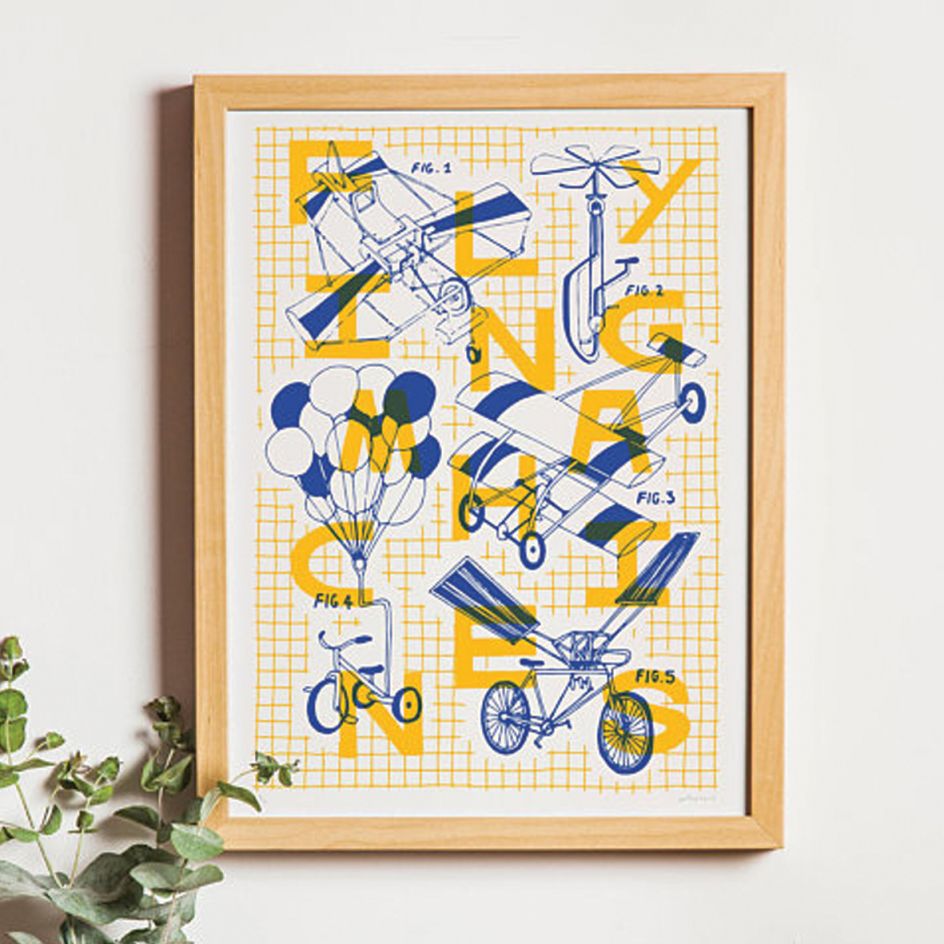
Will's peers and other students during his studies were another big inspiration. "We were constantly bouncing ideas off each other and constructively critiquing each other's practices," he recalls, namechecking Jack Martindale, Grace Jandrell, Guy Ruston and Lydia Hignett among others.
Traditional values
Will's success to date stands testimony to the continuing popularity of traditional, handwritten signs in an increasingly digital world. "I think people are a bit tired of the consumerism that's constantly pinging left, right, and centre throughout their lives," he says. "Social media is a blessing in the fact it allows us to connect and engage with wider audiences, but the opposite in the fact that big business can sneak their sponsored content into our daily scroll almost without us noticing. I think people are gravitating towards tradition because it's refreshing.
"Alongside this, the process of how they're painted is admirable. It takes skill and precision, and it is just as exciting to watch the creation as the finished article. I think brands and businesses have cottoned on to this too, and by collaborating with signwriters and artists and sharing the process, it gives their company more of a down-to-earth ethos."
As for Will's contributions to this oeuvre, it's the undeniable technical quality of the work that makes it particularly distinctive. That, he believes, stems from his early introduction to art. "Flicking through the pages of my dad's portfolios and seeing the hand-drawn sketches and renderings of products definitely led to some kind of lightbulb moment," he says.
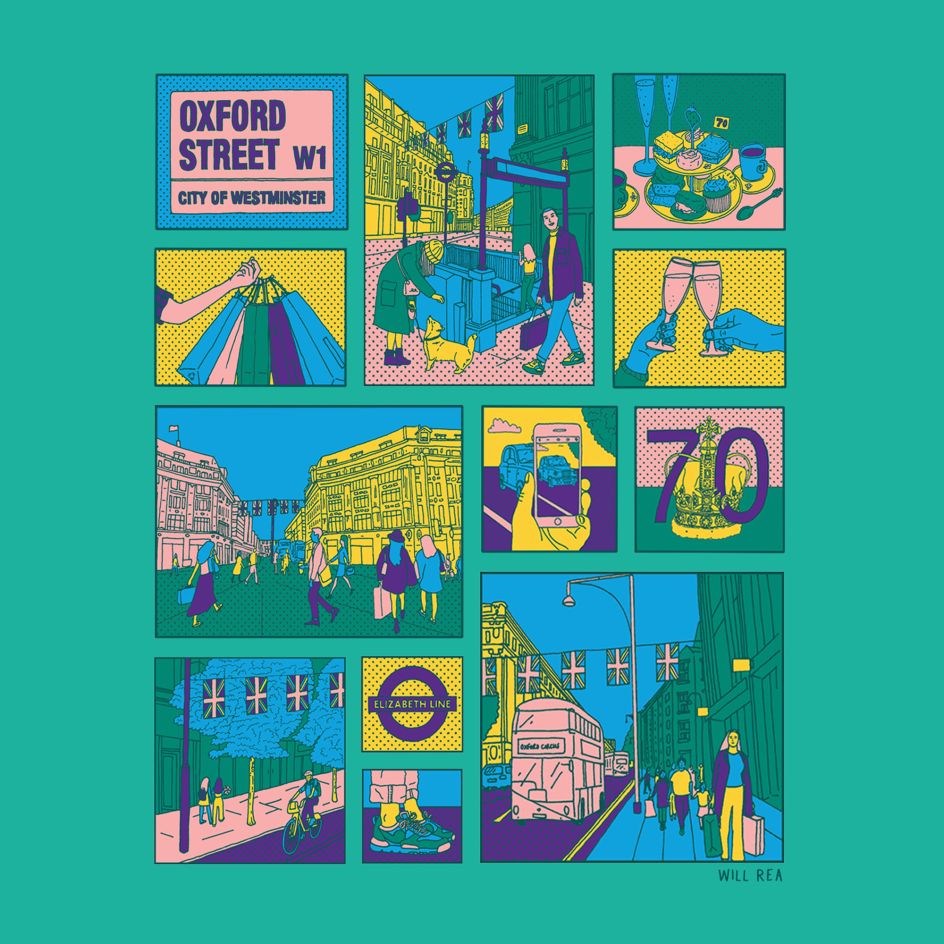
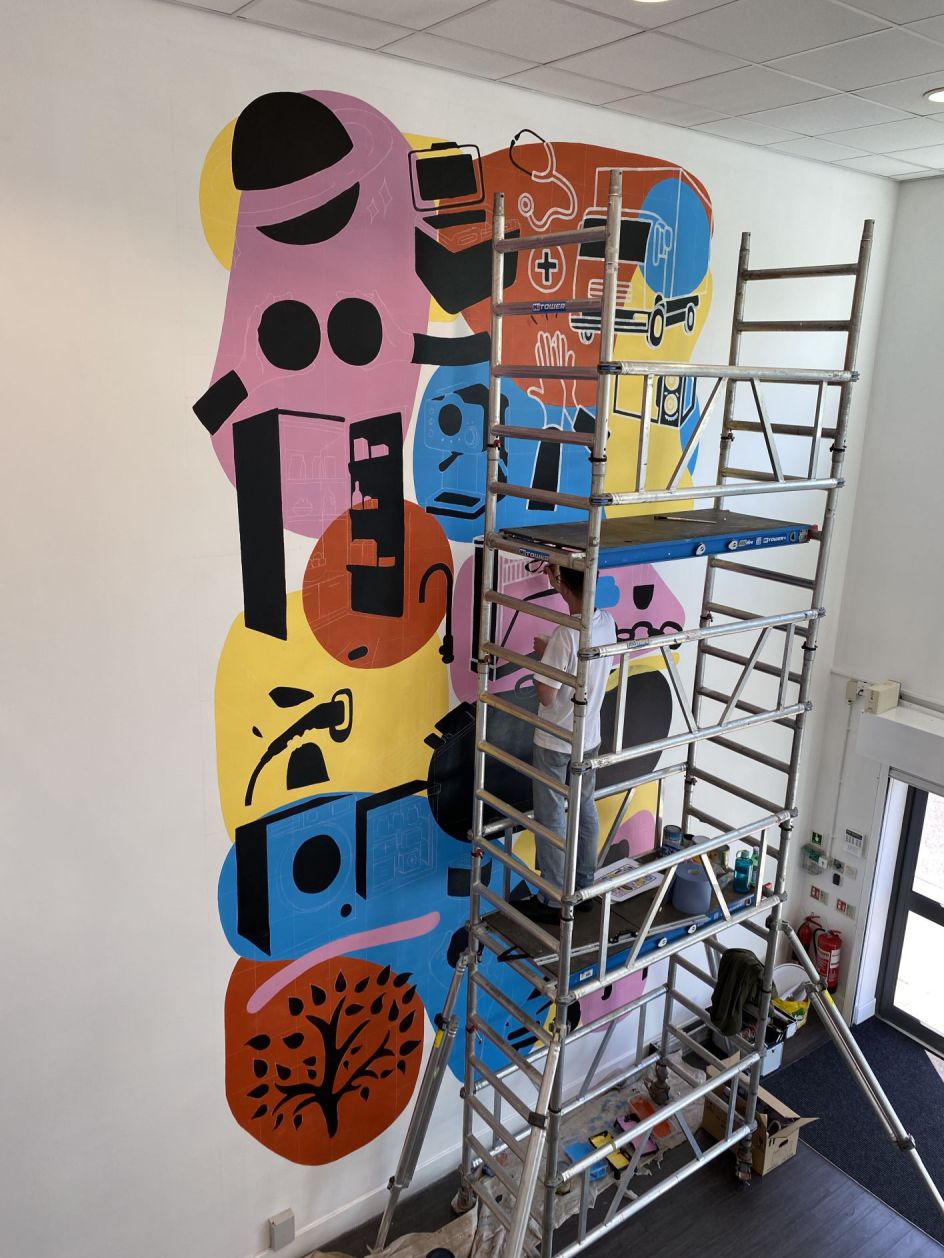
As for his use of colour, that came later. "Colour was something I used to avoid in my early days as an illustrator," he reveals. "I threw in the towel at the black-and-white vector stage and assumed that it was commissionable and complete. I think I built up a bit of a barrier in my mind because I found selecting colour schemes intimidating. But I soon learned that colour can be incredibly enhancing in artwork and is definitely an essential part of the practice.
"I started by reading up on colour theory. Realising that colours on opposite sides of the wheel complement each other helped. I also followed an Instagram account called @colours.cafe, which posted daily scheme ideas. After a few years, it started to click. I now often stand at the swatch sample wall in my local paint store and hold them up together to see if they work. I like starting in an analogue way before I go back home and convert the codes into RGB or CMYK samples."
Live music to the Jubilee
All of this theory and practice have come together in some landmark projects in the last few years. One of the first was an interior mural commission for The Leadmill, Sheffield's iconic live events venue. "I got the gig through my housemate Toby," explains Will. "He was an events management student who went on to work as the stage manager. A few stars aligned, and I was asked to paint a mural in the venue's green room.
"This was incredibly honouring as the venue has a vast amount of heritage and is held fondly in many people's hearts in Sheffield. I designed and painted a panel-based mural that provided an exploded view of the elements that represent the venue. The room itself is where the bands chill before performing, so it's been exciting having artists such as The Vaccines, Bombay Bicycle Club, Self Esteem, Clint Boon, and Richard Hawley pose for photos and share them online. Alongside art, one of my biggest passions is music. I grew up immersed in music, and this opportunity felt like a full-circle dream."
A second was illustrating a campaign for New West End, the marketing team behind Oxford Street in London. "I was commissioned to design a piece for The Queen's Platinum Jubilee that celebrated both her and Oxford Street," Will recalls. The design was used on the web and social and printed onto tote bags. These were gifted to anyone who made a certain purchase on the day.
"This was my first job that made me realise the reward of working on bigger client commissions," he adds. "It was quite a daunting experience, though, because I quoted, provided my own contract, and managed the commission without agency representation. But even more rewarding when the job went smoothly, and the piece was revealed to the world."
Massive mural
Finally, we ask about his large-scale exterior mural, 'Workings of Sheffield'. This commission from LAP Properties and Sheffield Museums was for a colossal 30x50ft mural to be installed onto the walls of the Orchard Square shopping centre.
Will explains how it came about. "After my studies, I started my journey working part-time at a sustainable tote bag printer in the city," he recalls. "During this time, I was constantly plugging myself and keeping an eye out for commission opportunities. I found an open call for this job online and pieced together an application. After a nerve-wracking selection process, I was awarded the commission.
"This was the start of a long journey to freelance-ism, and many lessons were learned along the way. This was my first large-scale exterior commission. I project-managed the entire job. This involved writing a contract, designing a to-scale proposal, attaining my IPAF licence to legally operate cherry pickers and scissor lifts, writing risk assessment and method statements, booking scaffolders, managing and paying a team of assistants, sourcing materials and then finally installing the piece.
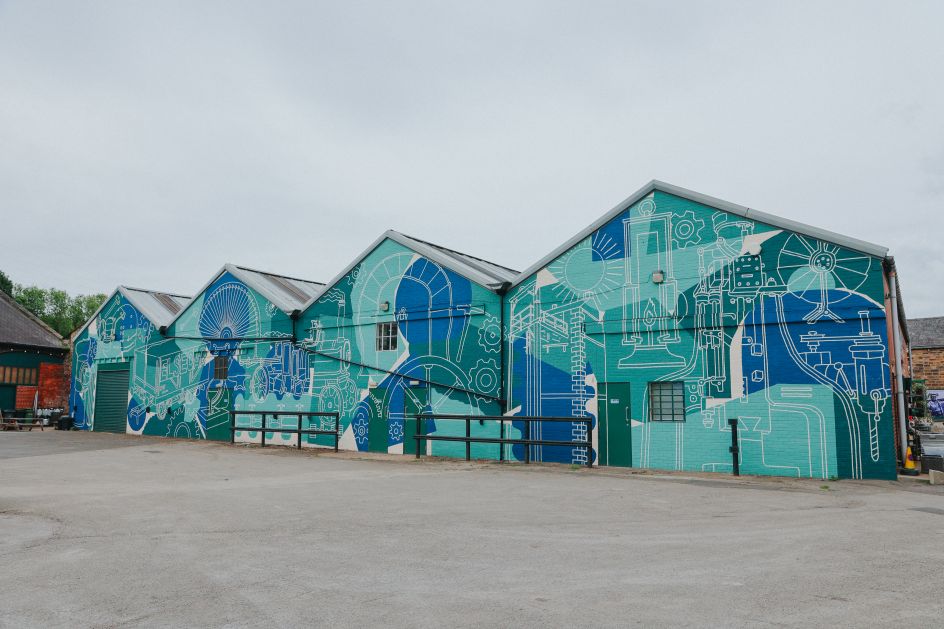
"I scraped the moss off every single brick with a wire brush, gave it a fungicidal wash, applied a masonry undercoat, scaled up and marked the artwork and then painted the piece with brush and roller applied masonry paint. It was by far the hardest but most rewarding project of my life to this date. I was honoured for it to be recognised in the World Illustration Awards, facilitated by the Association of Illustrators and the Directory of Illustration."
"The Orchard Square project will always hold a special place in my heart as it was the job that allowed me to take my first steps into a life where I can earn a living solely from creativity."
Words of advice
So what advice would he give to other artists wishing to follow in his footsteps? "My first piece of advice would be to listen to your heart," he responds. "I started my life studying something that I could see more of a financially secure path in, but without the passion I needed. This quickly led to a realisation, quite a low point, and a 'what am I doing with my life' moment. Making changes and rediscovering myself led me to where I am today."
Additionally, he'd recommend getting yourself out there. "If you're in a city or there's a creative community nearby, be sure to immerse yourself in it," urges Will. "Look out for Creative Mornings lectures or meet-ups in your city. The AOI has a few for illustrators up and down the country. You won't usually initially find direct clients at these events, but the people around you will hopefully put you forward for opportunities they think you'd suit or ones that they can't fit in. I like to pass on work now when I can if I'm booked up.
"In the early days, I'd encourage artists to think like a business too," he adds. "The most talented people can end up not pursuing their dreams after studies because they don't market themselves and run their practice like a business. Have a look into setting up as a sole trader, finding an invoice template, setting up a different bank account solely for business use, and starting to promote yourself on social media and in person. Also, this is a big one: always have a contract. Enquire with the AOI if you need any help with any of this."
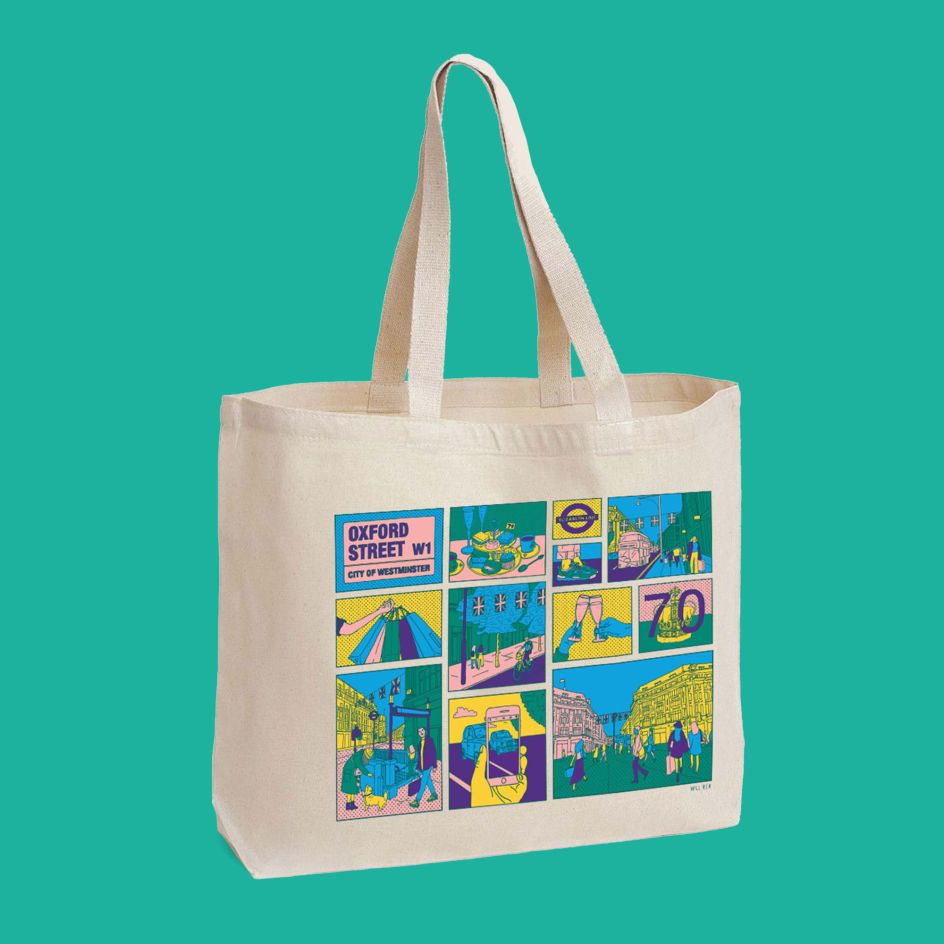
You don't, he stresses, need to head to London. "After university, I also stayed in the city I studied in. A few friends and I realised that we could rent another student house, but pay the council tax additionally on it. We split it between give, and it was pretty affordable. I also realised that a part-time job, four days a week, was enough to cover this. This left me with one day and a weekend initially to work on myself.
"Finally, I'd say, and although it's cliché, never stop believing in yourself. It's a tough world, and being a creative in it is no mean feat. Big yourself up and believe that you can carry out jobs and commissions. A few of the early commissions I took on were quite out of my comfort zone. I was inexperienced, but I knew deep down that I could do it. You've got to start somewhere. Best of luck!"

 for Creative Boom](https://www.creativeboom.com/upload/articles/06/063686a9a3b095b9b1f0e95df917ed4bd342be1b_732.jpg)



 using <a href="https://www.ohnotype.co/fonts/obviously" target="_blank">Obviously</a> by Oh No Type Co., Art Director, Brand & Creative—Spotify](https://www.creativeboom.com/upload/articles/6e/6ed31eddc26fa563f213fc76d6993dab9231ffe4_732.jpg)

 by Tüpokompanii](https://www.creativeboom.com/upload/articles/58/58684538770fb5b428dc1882f7a732f153500153_732.jpg)

 for Creative Boom](https://www.creativeboom.com/upload/articles/6b/6bdcef9e04aaf7aab6f3ceb2ed11fdf8a67b8870_732.jpg)





